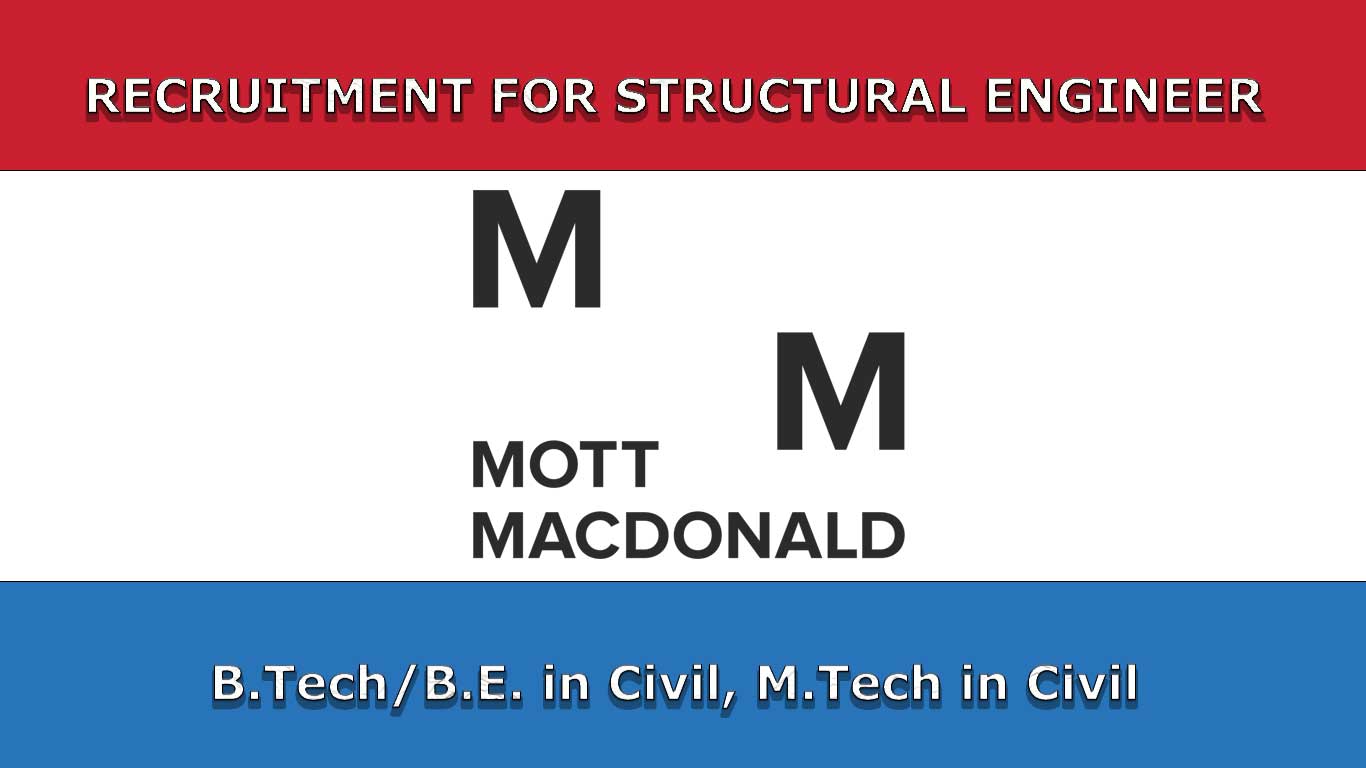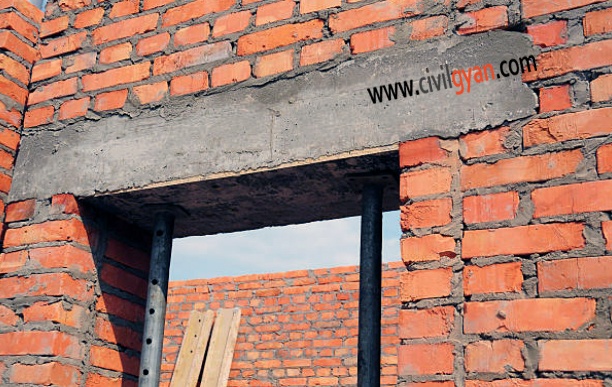What is Parapet Wall?
A parapet is a defensive wall or elevation that is a façade extension of the wall at the edge of a roof, terrace, balcony, walkway, or other structure that prevents people from falling.
Parapet walls can be constructed using various materials such as Reinforced Cement Concrete (RCC), Steel, Aluminum, Glass, Wood, etc. Parapets walls can significantly vary in design, material, and construction technique.
Several important structural and architectural design criteria must be considered while designing parapet walls, including wind load, thermal movement, attachment to the roof structure, integration of various building materials, exposure to environmental elements on their surfaces, and water management.
The different types of parapet walls, their uses, and their design ideas are discussed in this article.
Types of Parapet Wall & Design Ideas
Parapet walls are further classified based on design or appearance and function.
Types of Parapet walls based on design or Appearance is as follows:
- Plain Parapet Walls
- Embattled Parapet Walls
- Perforated Parapet Walls
- Paneled Parapet Walls
Types of Parapet walls on the basis of shape and functionality are as follows:
- Sloped Parapet Walls
- Stepped Parapet Walls
- Flat Parapet Walls
- Curved Parapet Walls
- Plain Parapet Walls
1. Plain Parapet Walls
The plain parapet wall is a vertical extension of the masonry wall at the edge of the roof. It is a common type of parapet which is mostly provided in buildings for safety and privacy purposes. This type of parapet wall is simple in appearance which does not provide much beauty to the building.
2. Embattled Parapet Walls
These are the first kind of parapet walls that men have built since ancient times. These parapet walls have openings spaced at a particular distance in a recurring fashion, as shown in the figure, used by warriors in ancient times to evade themselves during the war while the openings in the parapet wall helped them to aim and shoot the arrows. This type of parapet wall enhances the architectural view of the building and makes it look historical.
3. Perforated Parapet Walls
Perforated parapet wall is also a vertical extension of the masonry wall like a plain parapet wall, but in this case, the portion of the extended wall is perforated with various-sized openings considering the aesthetic appearance of the structure. The perforations in the wall of this parapet are of various shapes and designs like circles, clovers, trefoils, flower figures, etc. as shown in the figure below.
4. Panelled Parapet Walls
Paneled parapet walls are similar to plain parapets, but the difference is that paneled parapets are embellished with a series of panel designs on the outside of the parapet wall. Panels can be rectangular or square but no perforation is given in this case. This type of parapet is more prevalent as it provides an elegant look to the structure and at the same time does not cost much and provides ease of construction.
5. Sloped Parapet Walls
Sloping parapet walls are provided for sloping roof structures such as gable roofs, industrial structures, trussed structures, etc.
6. Flat Parapet Walls
Simple flat parapet walls are quite common in typical general buildings and are recommended for flat roof structures. These are different types of flat parapet walls such as fiberglass parapets, parapets with steel or glass railings, etc.
7. Curved Parapet Walls
Curved parapet walls, also known as arched parapet walls, are curved in texture and are recommended for both flat and sloping roofs structures. The curved parapet walls give a stylish and elegant look to the structure.
8. Stepped Parapet walls
Stepped parapet walls are also provided for inclined or sloping roof structures. The architecture of this type of parapet wall is similar to that of a staircase as shown in the figure below. The stepped parapet walls give the structure an attractive front elevation.
Uses of Parapet Wall
Following are the most important uses of parapet walls and are discussed below:
- It protects humans to avoid sudden falls from the sides of the roof of the building and thus prevents accidents due to falling from the edge of the roof.
- It also provides an aesthetic look to the structure.
- To hide and conceal rooftop equipment and machinery thus increasing the utility area of the building.
- It serves as guardrails for outdoor roof terraces.
- It also acts as a barrier to prevent vehicles from falling off the bridge.
- To prevent the ingress of dust through the air on the roof.
Height of Parapet Wall
The minimum standard height of the parapet wall should be 3 feet. The parapet wall is never constructed less than 3 feet in height. At this height, the parapet wall protects and ensures safety for the user.
Also Read:
I hope you got complete information about the Types of Parapet walls, Uses & Design Ideas in this article.If you found this article helpful, feel free to share it with your friends.Leave a comment if I missed anything.Happy Learning!!











